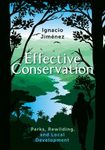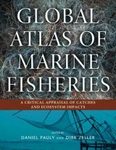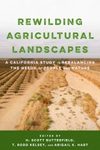![Where Our Food Comes From Where Our Food Comes From]()
Click to have a closer look
About this book
Customer reviews
Biography
Related titles
About this book
The future of our food depends on tiny seeds in orchards and fields the world over. In 1943, one of the first to recognize this fact, the great botanist Nikolay Vavilov, lay dying of starvation in a Soviet prison. But in the years before Stalin jailed him as a scapegoat for the country's famines, Vavilov had traveled over five continents, collecting hundreds of thousands of seeds in an effort to outline the ancient centers of agricultural diversity and guard against widespread hunger. Now, another remarkable scientist - and vivid storyteller - has retraced his footsteps.
In "Where Our Food Comes From", Gary Paul Nabhan weaves together Vavilov's extraordinary story with his own expeditions to Earth's richest agricultural landscapes and the cultures that tend them. Retracing Vavilov's path from Mexico and the Colombian Amazon to the glaciers of the Pamirs in Tajikistan, he draws a vibrant portrait of changes that have occurred since Vavilov's time and why they matter.In his travels, Nabhan shows how climate change, free trade policies, genetic engineering, and loss of traditional knowledge are threatening our food supply.
Through discussions with local farmers, visits to local outdoor markets, and comparison of his own observations in eleven countries to those recorded in Vavilov's journals and photos, Nabhan reveals just how much diversity has already been lost. But he also shows what resilient farmers and scientists in many regions are doing to save the remaining living riches of our world.
Customer Reviews
Biography
Gary Paul Nabhan is a world-renowned ethnobiologist, conservationist, and essayist. The author of Why Some Like It Hot, Coming Home to Eat, and many other books and articles, he has been honored with a MacArthur "Genius" Fellowship and The John Burroughs Medal for nature writing. Founder and facilitator of the Renewing America's Food Traditions collaborative, he is currently a Research Social Scientist at the Southwest Center at the University of Arizona. See www.garynabhan.com to track his lecture and photo exhibit schedules.



































